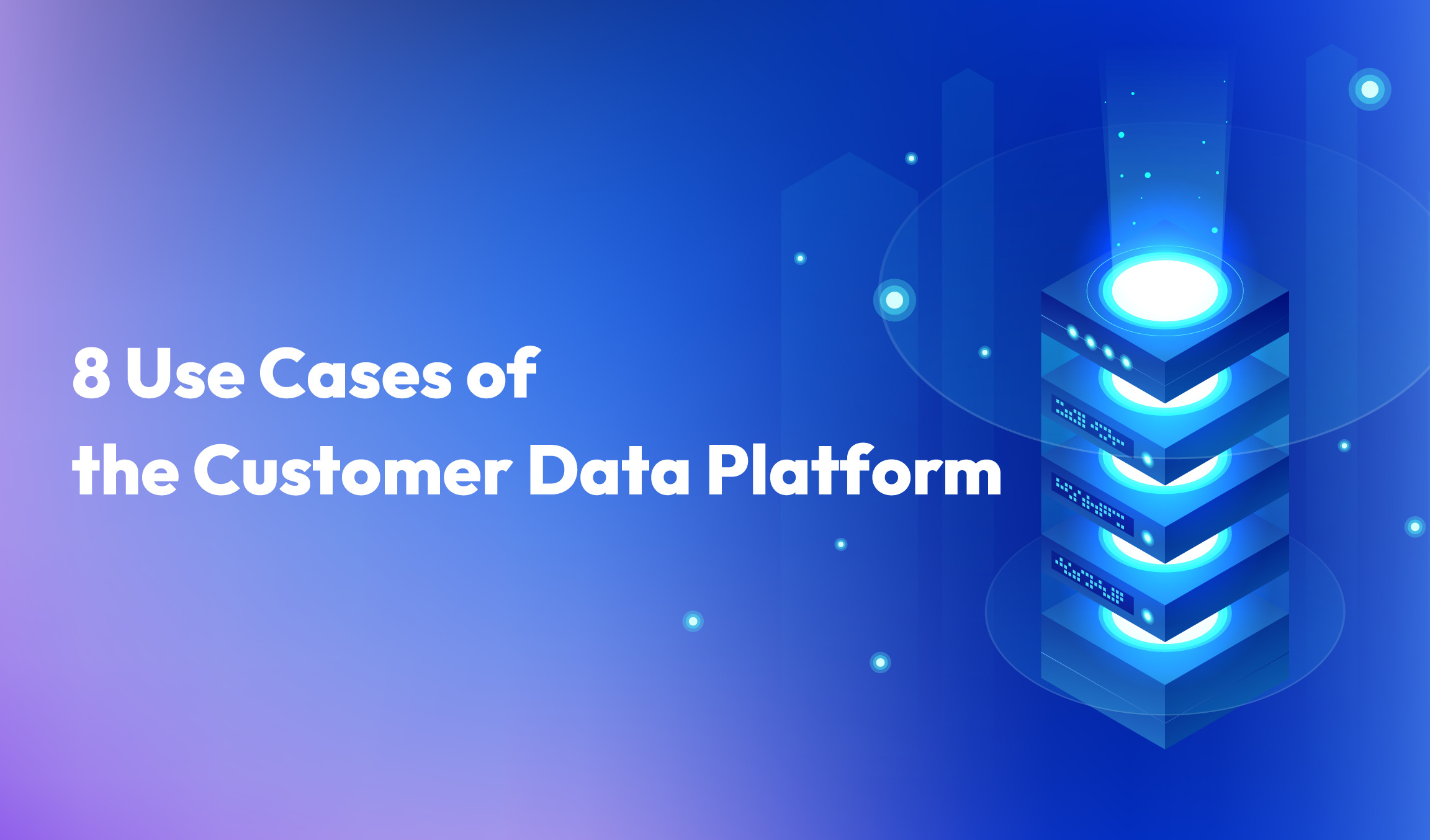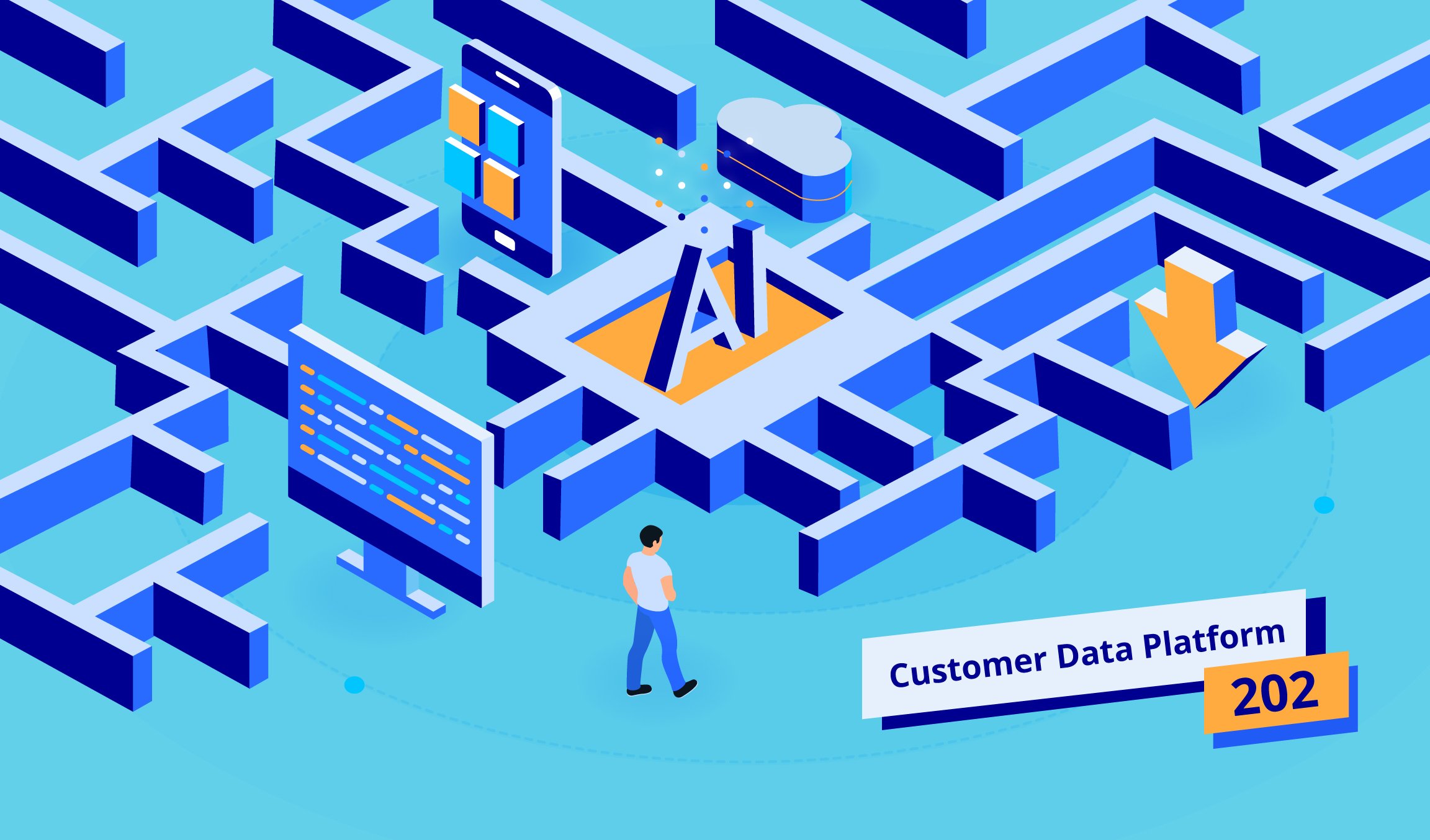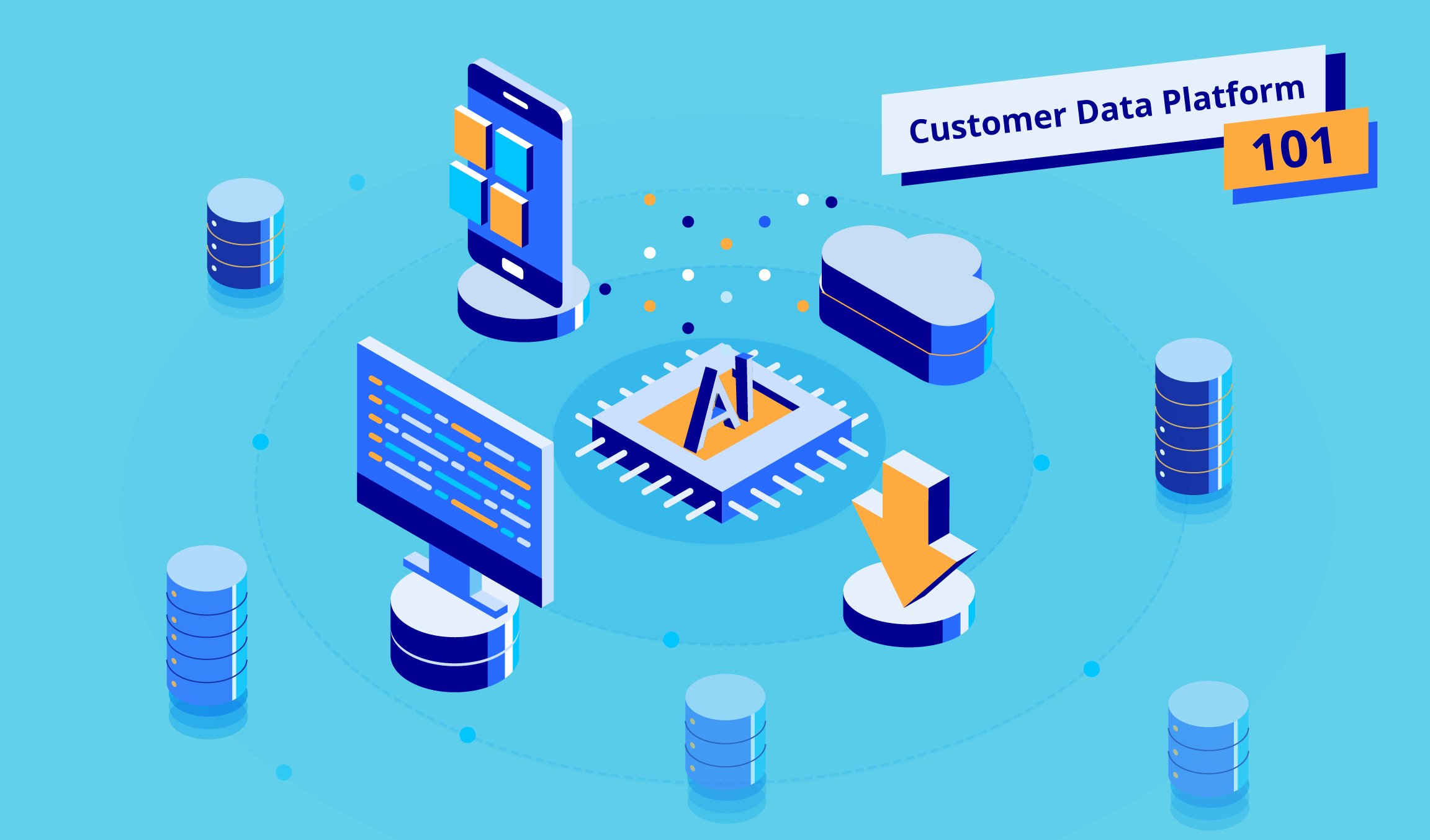Artificial intelligence (AI) is revolutionizing how marketers operate – if you don’t embrace it now, you risk being left behind the competition. Read on to find out how it can make your marketing campaigns more effective and efficient, maximizing your return on investment (ROI).
What Is AI Marketing?
AI marketing leverages tools powered by artificial intelligence techniques such as machine learning and deep learning to analyze and predict customer behavior in order to market to them more effectively.
AI marketing takes many forms, but they all rely on data to reveal customer action or inaction. This data-driven approach to marketing is grounded in reality – how your customers are actually behaving, rather than how you imagine they are or would like them to be – and so generates actionable insights that marketers can use to create more compelling marketing content and campaigns.
The Benefits of AI Marketing
- It is more efficient.
AI tools like machine learning let marketers crunch huge amounts of data very quickly, generating actionable insights much faster than analyzing manually, saving your enterprise time and money.
- It is reliable.
With a grounding in hard data, you can rest assured that the results generated by AI marketing give a true picture of the state of play. This puts you in a better position to optimize your marketing campaigns.
- It uses multiple sources.
AI marketing brings together data from disparate sources, including customer interactions with your app and website, behavior on the wider web, responses to email marketing, social media behavior, devices used and more. These multiple streams allow you to create a more complete customer view that truly reflects your customers’ behavior and interests.
How Is AI Used in Marketing?
1. Audience targeting and segmentation
AI-based marketing lets you target very specific audiences (say, males who have viewed certain products three times online in the last seven days) for your marketing campaigns, and target them through different channels. Doing so manually would be time-consuming, less accurate and wouldn’t scale. Dividing your audience up into different segments based on their behavior, demographic information, psychographic information (social class, personality, lifestyle, etc.), location and interests will also enable you to tailor your marketing campaigns to very specific customers and allow you to address their real needs.
For example, your grocery website could analyze your customers’ behavior on the wider web and deliver recipes tailored for building muscle mass to those who had viewed blog articles or videos about strength workout tips.
2. Personalization
Once you have built up an intimate knowledge of your customers, their interests and how they behave, you can create personalized marketing content specifically for them. This can be done through product recommendation algorithms – based on a customer’s interests, behavior and so on, you can predict with a high degree of certainty what products will appeal to them. Like these running shoes? Maybe these running shorts would also appeal to you. And so on.
3. Programmatic advertising
Instead of manually buying ad space, it is now possible to automate the process through real-time bidding (RTB). By analyzing immense amounts of data, AI ensures the right audience is reached with relevant ad content on the most suitable platform in real time bidding. AI algorithms can also predict the conversion rate based on customer behavior, such as a customer’s browsing history, past purchases, previous interactions with ads, and their similar traits to existing high-value customers. These insights can help advertisers with ad optimization and increase their ROI.
In addition, advertisers can also leverage natural language processing to improve the contextual relevance of ads. This not only helps brands display ads on relevant websites, but also ensure brand safety.
4. Predictive analysis
You might know everything about your customers’ past behavior, but what if you could predict what they will do in the future as well? That is the idea behind predictive analytics – a method of analyzing historical data in order to predict future events. By spotting trends you can predict customer behavior patterns to either capitalize on an opportunity or mitigate the risk associated with certain conditions. When you can anticipate your customers’ next moves, you can recommend the right product at the right time, using the right channel to drive customer engagement and improve the customer experience.
For example, if you know Sarah replaces her toothbrush heads every three months, and that she usually surfs the web on her tablet at night, you can send her a personalized marketing email then with a coupon for her brand of choice. It takes the effort out of shopping – all she has to do is click the link to redeem the offer.
5. Chatbots
AI can simulate human conversation to an amazingly realistic degree. With an intimate knowledge of each customer at its fingertips, a chatbot will know how to approach each customer in the optimum way, and which selling points to stress when marketing. For example, it could sell a pair of running shoes to non-runners as comfortable sneakers for everyday use, while stressing the sneakers’ more technical aspects to those looking to improve their running performance.
By automating laborious and repetitive tasks, artificial intelligence can streamline your marketing operations while helping you target your customers more effectively. Embrace it and you will never look back.
* Want to know more about how to start AI marketing? Read our recent piece ‘ 6 Easy Ways to Start AI Marketing ’. Still have a question? We’re here to help! Get in touch with us today for an exclusive consultation.



